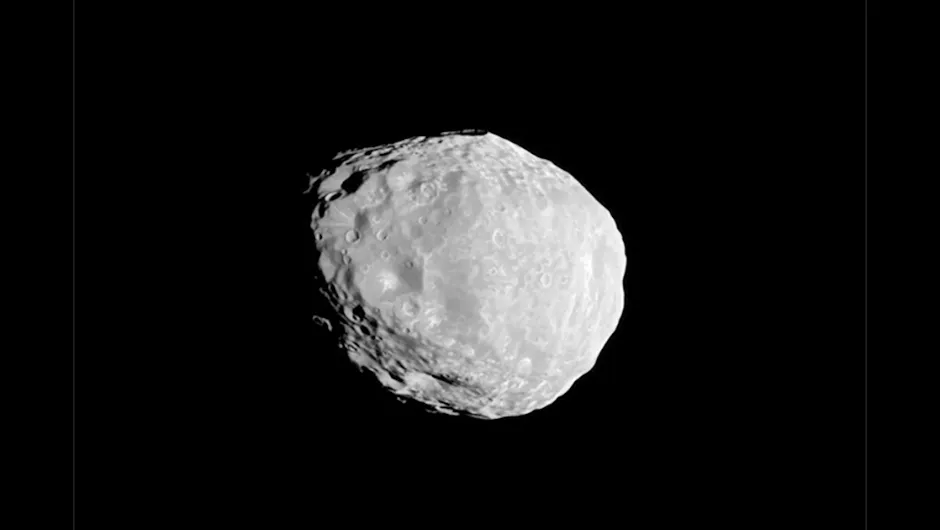Saturn’s ring structures are held in place by the orbits of seven of its moons, according to a study by astronomers at Cornell University.
This contradicts previous theories that suggested only the moon Janus confined Saturn’s A ring; the largest and farthest of its visible rings.
Saturn’s rings are made almost entirely of water ice, along with traces of rocky material.
Without some force holding them in place, they would spread out over time and eventually disappear.
Data from NASA’s Cassini mission has enabled scientists to calculate that several moons must be confining the rings around the planet.
“Cassini provided detail on the mass of Saturn’s moons and the physical characteristics of the rings, so mathematically speaking, we concluded that the moon Janus alone cannot keep the rings from spreading out,” says Radwan Tajeddine, lead author of the research.
The moons holding Saturn’s rings in place are Pan, Atlas, Prometheus, Pandora, Epimetheus, Mimas and Janus.

Data from Cassini revealed density waves, like ripples, in Saturn’s A ring.
These are known as ‘moon resonances’ and are generated by some of Saturns’ moons as they orbit the planet.
The gravitational push of the moons slows the rings orbit down, creating the edge of the A ring.
“This was exactly the sort of information we had hoped the Cassini mission would provide, and by doing so it has allowed us to solve this puzzle,” says senior author of the study and Cassini team member Professor Joe Burns.
“The density waves created by moons are beautiful to look at, but they actually participate in confining the ring,” says Tajeddine.
“Janus has been getting all of the credit for stopping the A ring, which has been unfair to the other moons.”

